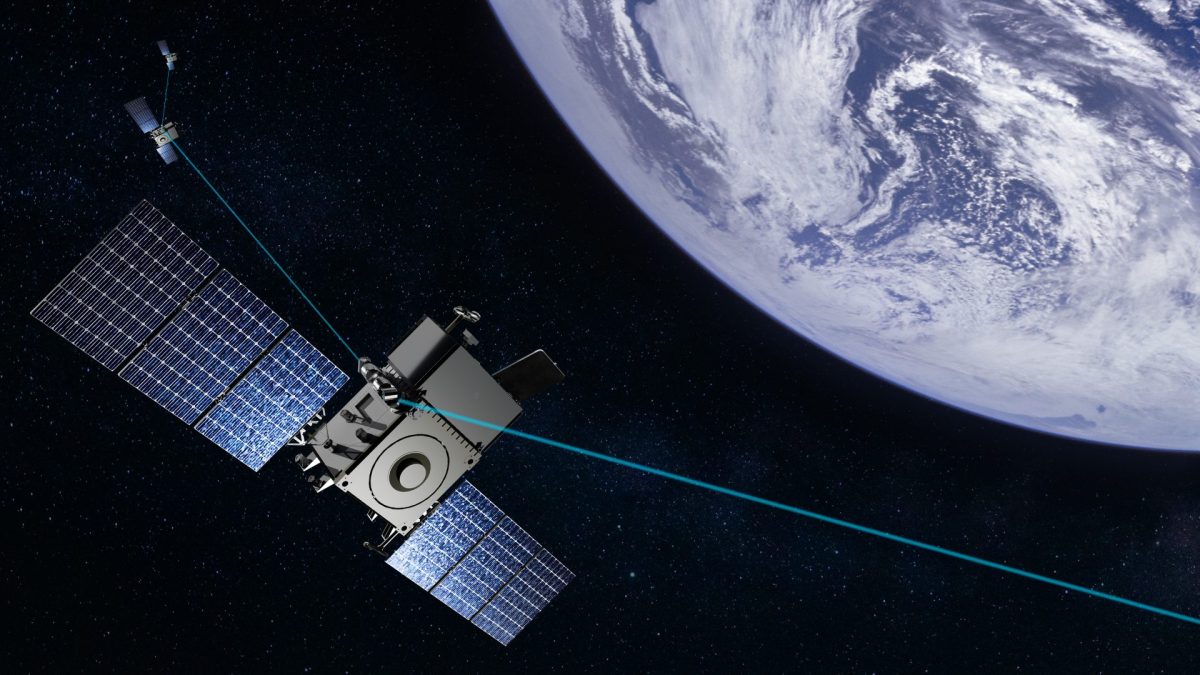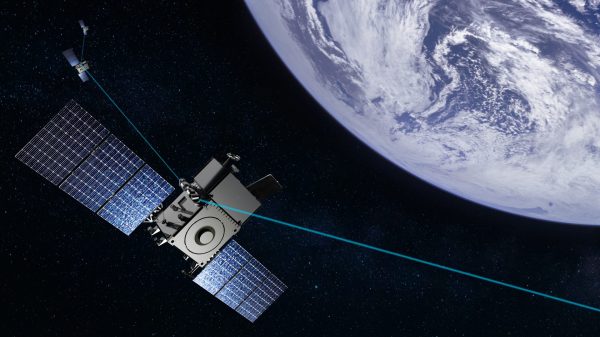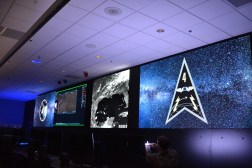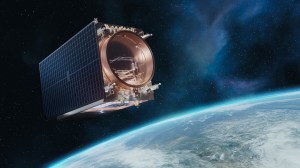Space Force taps BAE Systems for next phase of MEO missile-warning satellite program

BAE Systems will deliver 10 satellites for the Space Force’s new missile warning and missile-tracking constellation that will be stationed in medium-Earth orbit (MEO), the service’s acquisition arm announced Monday.
The $1.2 billion other transaction agreement from Space Systems Command (SSC) is for Epoch 2 of the Resilient Missile Warning and Missile Tracking – MEO (MEO MW/MT) program. The constellation is intended to track high-speed missiles from MEO and is part of the service’s broader plans to build a resilient architecture of satellites that can detect missiles from multiple orbits — as well as contribute to President Donald Trump’s homeland missile defense effort known as Golden Dome.
“Epoch 2 is in alignment with the Chief of Space Operation’s top priority to provide accurate real-time information to decision-makers. This allows for additional resiliency in the missile warning and tracking satellite architecture” Lt. Col. Brandon Castillo, materiel leader for the Epoch 2 program office, said in a statement.
SSC intends to develop and launch the MEO MW/MT constellation in phases known as “epochs” that will be delivered every two to three years, with each iteration featuring improved capabilities from previous increments. According to the service, Epoch 2 satellites will include more mature sensors, optical crosslinks, data fusion, mission management and ground communication capabilities.
The contract with BAE Systems comes after the Space Force was forced to delay awarding Epoch 2 by about three months due to the federal government operating under a continuing resolution and resulting budget uncertainty. Despite the delay, the company is expected to deliver the 10 satellites for Epoch 2 — expected to provide initial operational capability to warfighters — in fiscal 2029, according to SSC.
In 2023, the service awarded RTX and Boeing-subsidiary Millennium Space Systems contracts to each build space vehicles for Epoch 1 of the MEO MW/MT constellation, with RTX responsible for three satellites and Millennium responsible for six. However, RTX was removed from the program the following year due to design performance issues and cost overruns.
SSC later tapped Millennium to deliver six more satellites for Epoch 1 to replace RTX’s space vehicles. Delivery of the first Epoch 1 birds is expected during fiscal 2026, according to the service.
The new MEO constellation is being developed at the same time as the Space Development Agency’s Proliferated Warfighter Space Architecture (PWSA), which will comprise hundreds of missile warning and missile-tracking satellites stationed in low-Earth orbit (LEO). SSC is working closely with SDA and the Missile Defense Agency through a “combined program office approach” to execute the effort, according to the Space Force.
“Delivering these critical Missile Warning and Tracking capabilities on rapid timelines in a collaborative approach with MDA and SDA is a big win for the Nation and our joint forces,” Maj. Michael DiMuzio, program element monitor and assistant secretary of the Air Force for space acquisition and integration, said in a statement.






